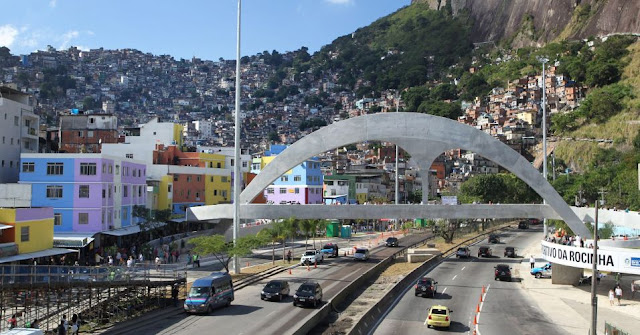It used to be that the best architects did the biggest work, while the smaller work was left to all the other ones. Now, it is the opposite. While Pritzker Prize-winning architects are designing clean-sharp tap’s and cutlery, unknown developer-architects are building entire cities from the ground-up in the Middle East and China. In the age of the “scratch-built metropolis”¹, the call for (good) architects to return to big design is more critical than ever. Where have all the “big-design” architects gone? Can large-scale design ever be glamourous again? Will we ever see a master plan in Wallpaper magazine?
As China plans to set up 20 new cities annually in the coming 20 years², there will be millions more. Historically, tasks of this scale and magnitude would have been awarded to the world’s leading architects. Le Corbusier´s masterplan for Chandigarh, Lúcio Costa’s vision for Brasilia, or Haussamann´s rebuilding of Paris – these were the big visions on a large scale, each plan looking at the city as an integrated whole.
Now almost 15 years after the “death of urbanism”, there is a generation of architects whose scepticism of the “macro” has led them to steer clear of any large-scale work. Instead they are focused in smaller scale projects they can control. Interiors, furniture, a specific material, a fabrication technique... over time, everyone becomes a specialist in one tiny, digestible facet of the field. These projects are easy to understand and they are easy to digest. If a project can´t be explained by a sound bite and a image, if it can´t fit on a spread in MARK Magazine, it is clumsy and uncool. And why not? Architects are enjoying the benefits of being in fashion. More media coverage means more attention, more money, and more freedom to pursue small, glamorous projects. Wallpaper architects get invited to lot more parties than city planners.
.
.
1. D. Mcgray. ‘Pop-Up Cities: China Builds a Bright Green Metropolis’, Wired Magazine, Issue 15.05
2. ‘Twenty New Cities to Be Set Up in China Every Year’, People´s Daily, 2000.
In: Visionary Cities.
.
In: Visionary Cities.
.
Graphics credits: João Amaral























